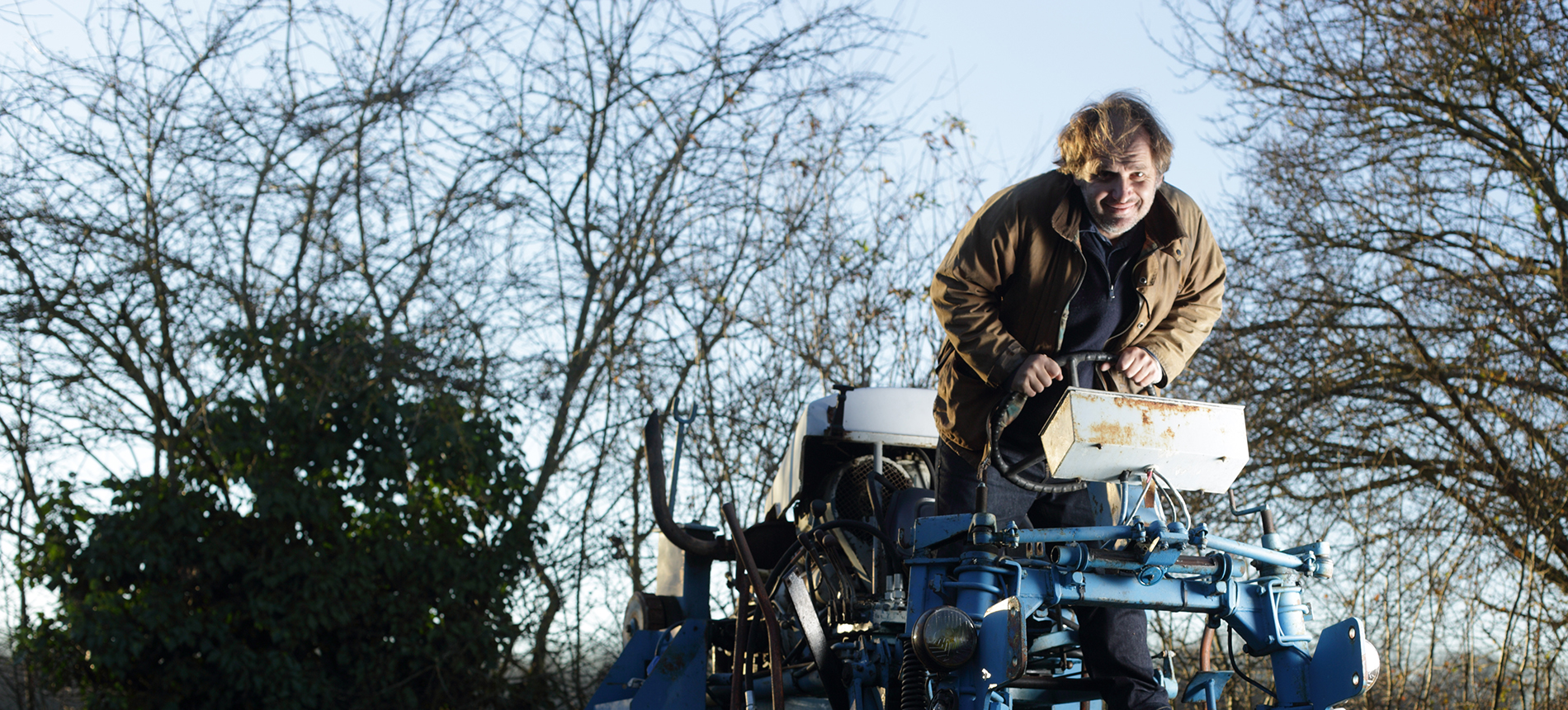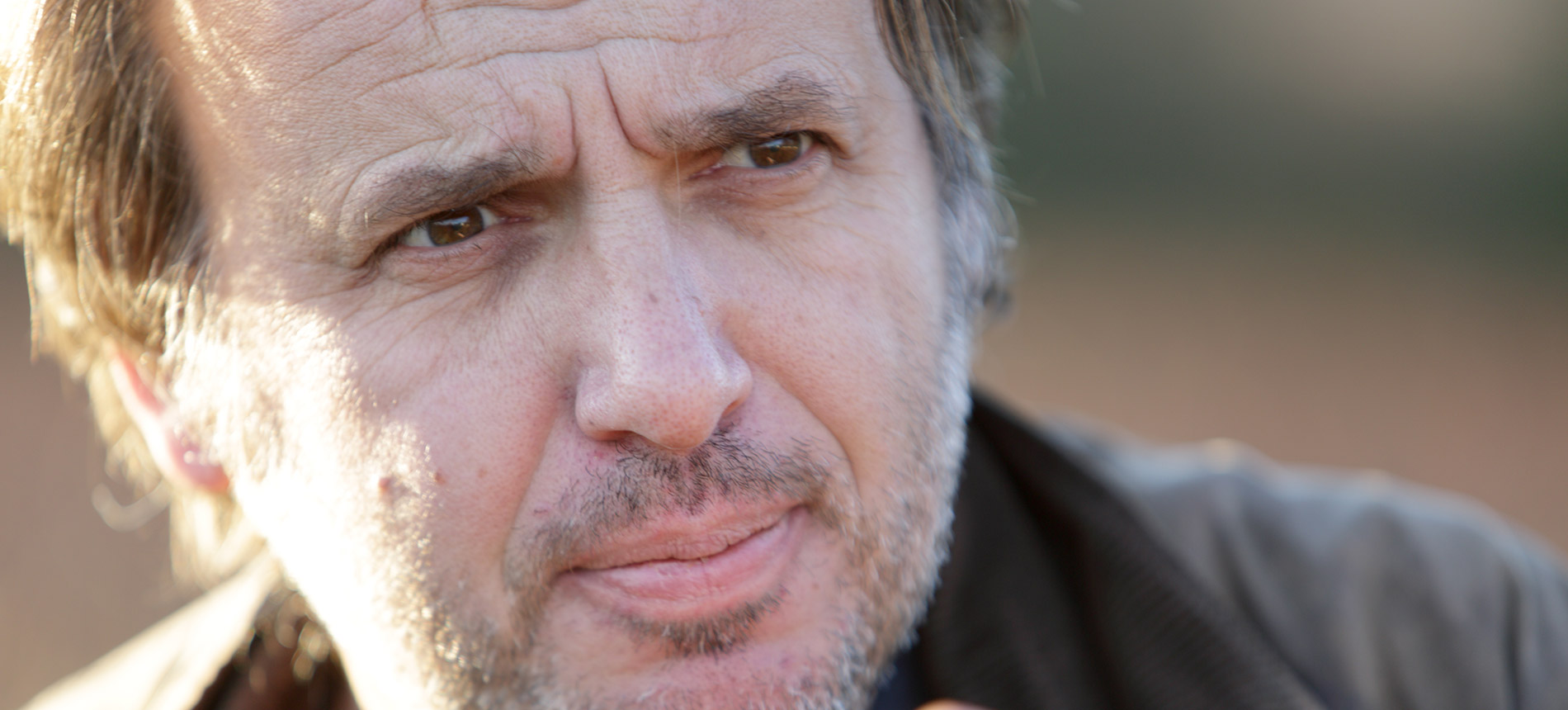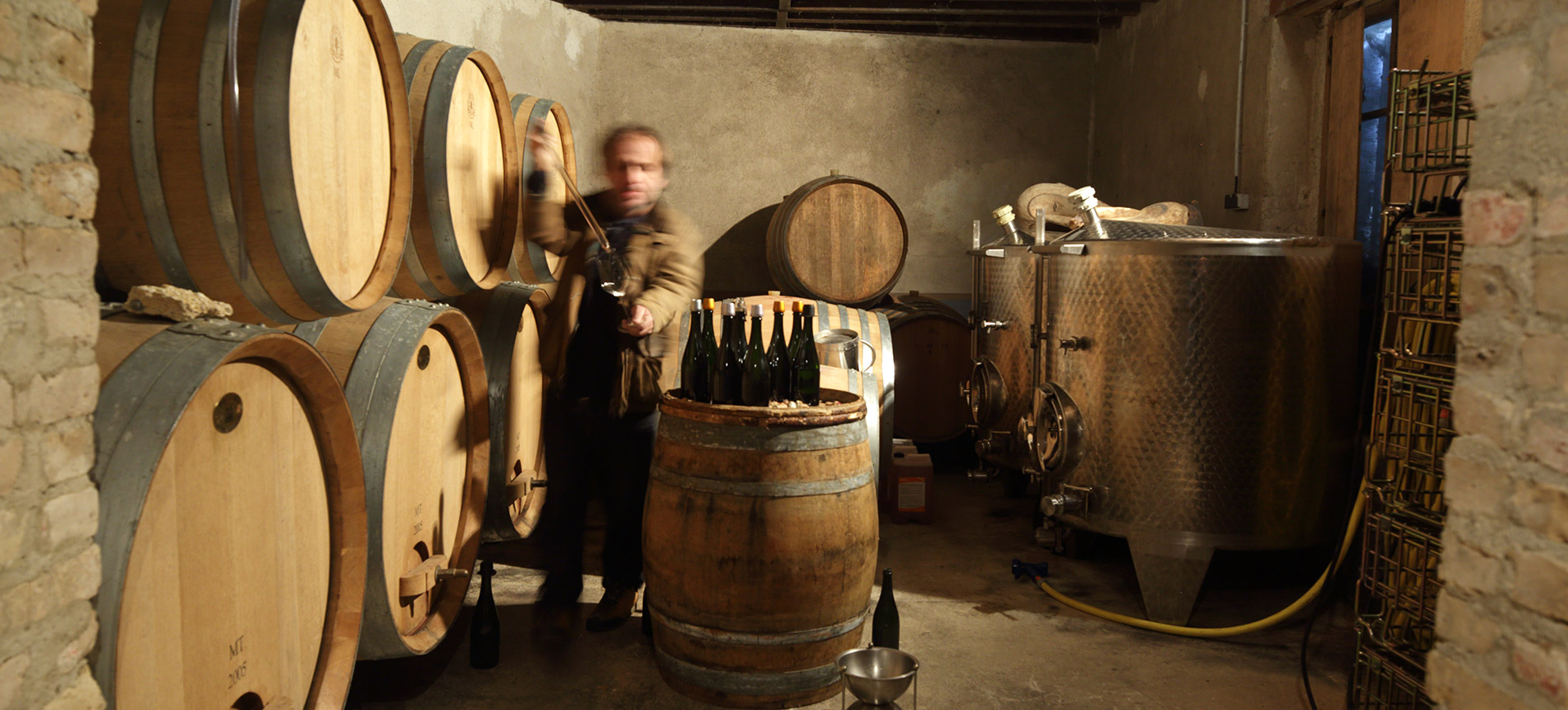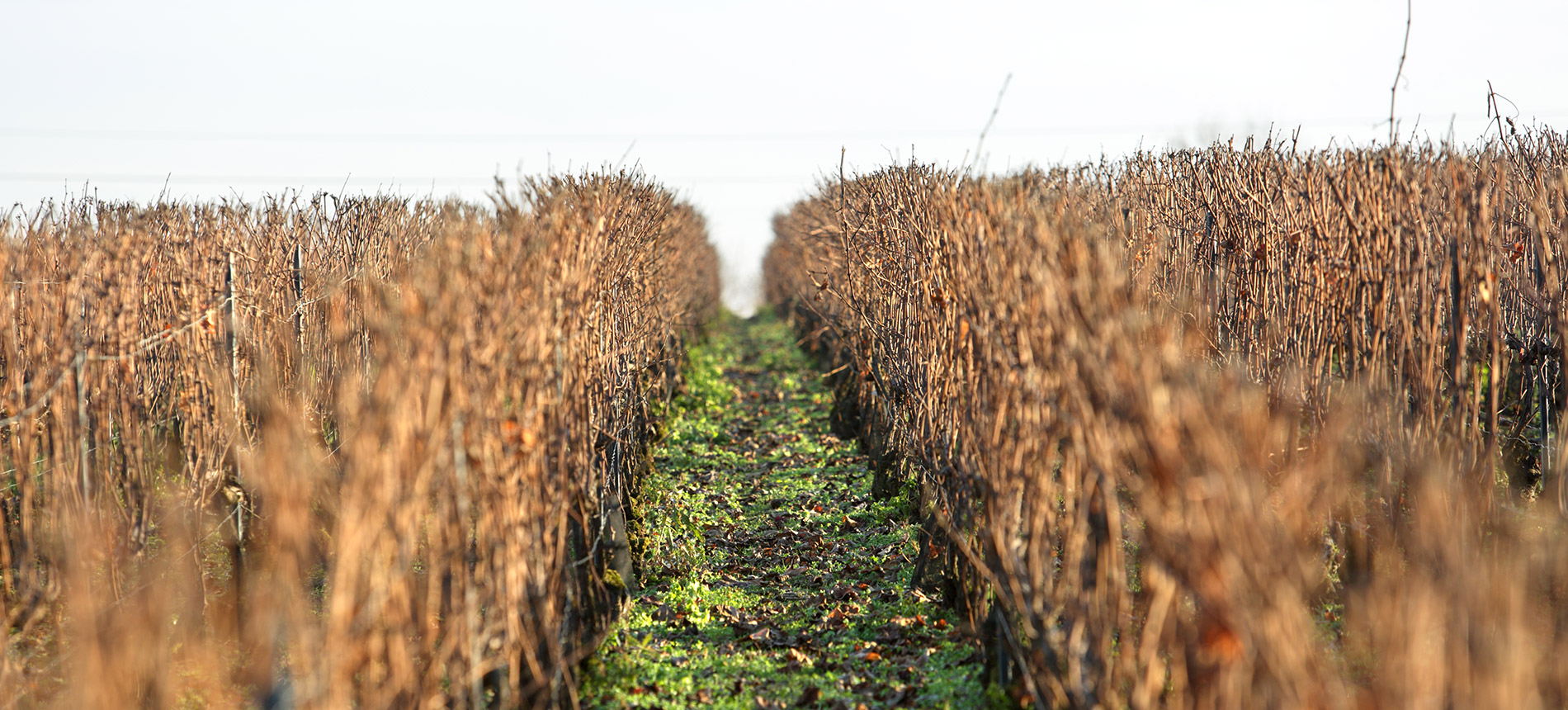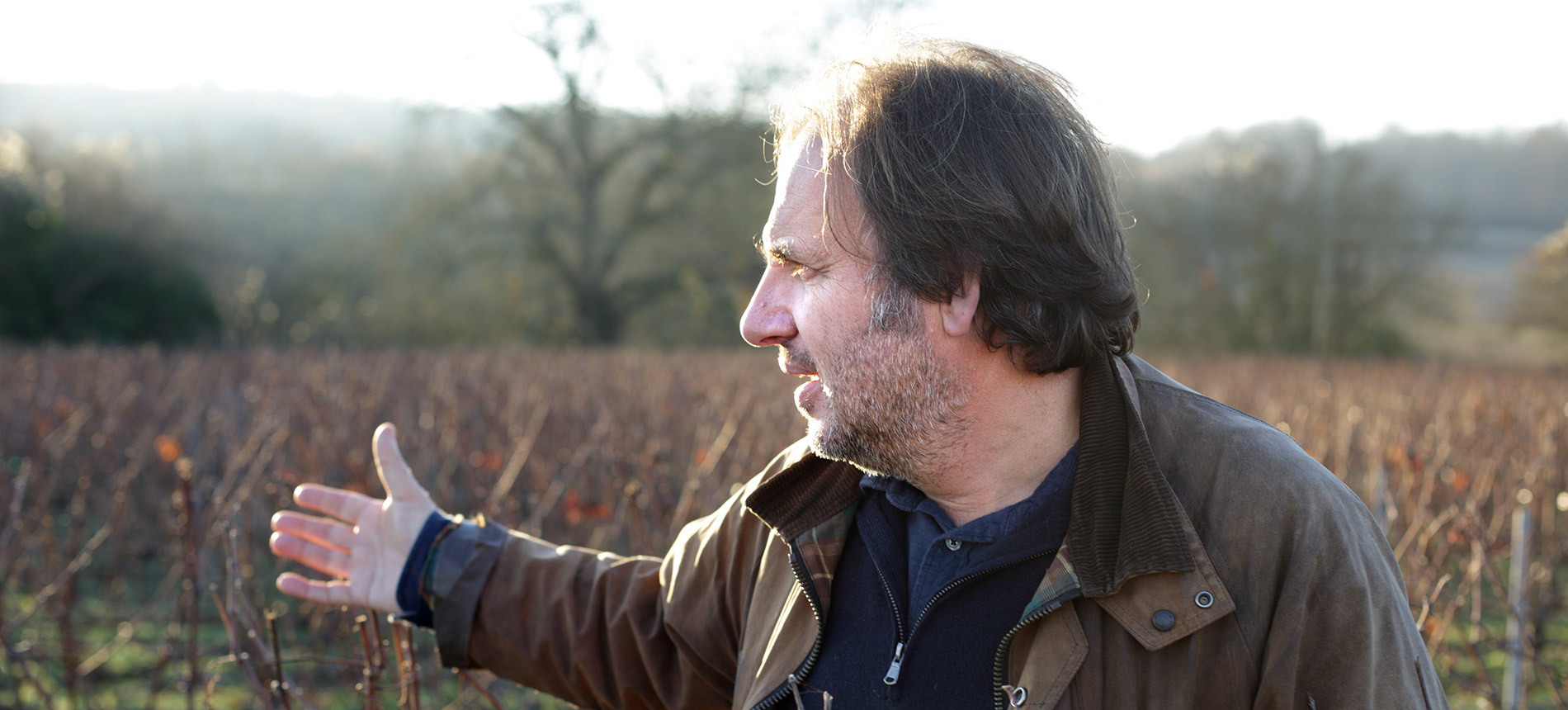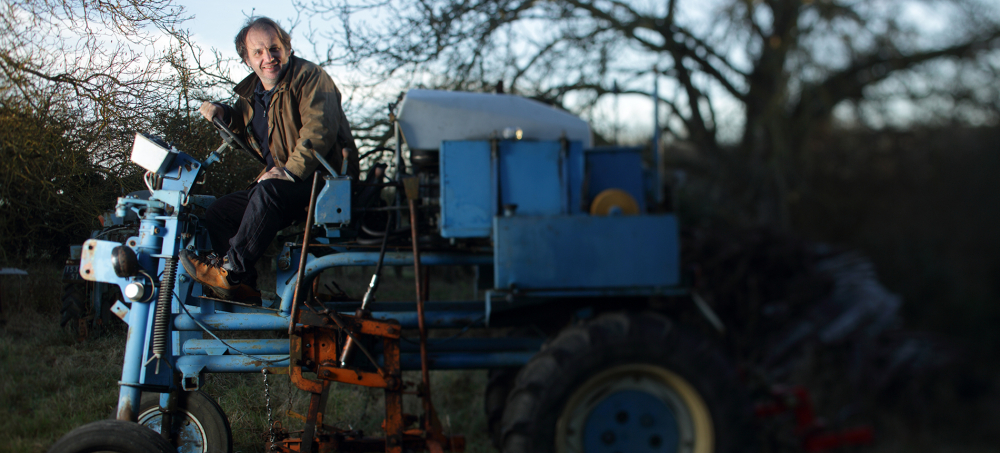Jérôme Prévost and his estate of Champagne La Closerie are part of a small but powerful coalition of tiny producers making intense, terroir-transparent, vinous Champagnes. Rather than follow the traditional Champagne model of blending grapes, vintages, and vineyards to produce a "standardized" product, Jérôme and his fellow "Champagne Renegades" produce terroir-specific bottlings primarily dedicated to one grape and one vintage. Jérôme inherited a two hectares parcel known as Les Béguines from his grandmother, who grew up on the same road in the Montagne de Reims village of Gueux where the winery and family home are located. In Les Béguines, Pinot Meunier reigns supreme, but there are assorted vines of Pinot Noir, Pinot Gris and Chardonnay interspersed throughout the parcel, which represent about 5% of the final blend. Additionally, while a single vintage dominates, Jérôme tends to blend in 10-15% reserve wines.
Jérôme's grandmother had previously rented out the vines for others to tend, until 1987, when Jérôme took over and began to sell grapes directly to négociants. In the mid-1990s, he began working at Jacques Selosse and in 1998, with the help of Anselme Selosse, he began producing tiny quantities of his own wine in the Selosse cellars in Avize. He continued to produce his wine there until 2001, when he moved production to Gueux. Today, a modern and minimalist home and winery sit on the edge of the vineyard.
Jérôme was most certainly influenced by some of the unique techniques of Anselme Selosse, including a fastidious attention to detail in the vineyard, with extremely low yields (about half the legal limit!) and no chemical additives used in his farming. Like Anselme, Jérôme likes to play by his own rules and can be a bit of a contrarian when it comes to some of his techniques.
Les Beguines is located about 10 km west of Reims. It was planted in the late 1950's, fortunately prior to the age of "super clones", so with original massale selection cuttings. Jérôme harvests all grapes by hand, and ferments with indigenous yeasts using a mix of used barriques and 600L demi-muids. The champagnes are disgorged about 16 months after bottling, and finished with no dosage and very little sulfur so as to preserve the sanctity and purity of the wine underneath. This short period sur lattes is unique in Champagne, but Jérôme maintains that the most interesting evolution in his wines occurs in the bottle in the months and years following disgorgement, as he points out, more like regular still wine than a Champagne.
While the main production chez Prévost is the Meunier-based Les Béguines, he also makes miniscule quantities of a fascinating Rose Champagne called Fac-simile. It is a Rose d'assemblage using still (red) Pinot Meunier from his vineyard. In addition, as Jérôme is always tinkering and experimenting, there is an occasional experimental cuvee that is released commercially.
The miniscule production is magnified by the cult-y following of Prévost Champages. While the technical details can't be eliminated from the conversation, Jérôme's wines should be viewed through the lens of his generous, artistic spirit. Part philosopher, part comedian, Jérome farms vines and produces wines with the deep desire to bring people together in the name of deliciousness.
